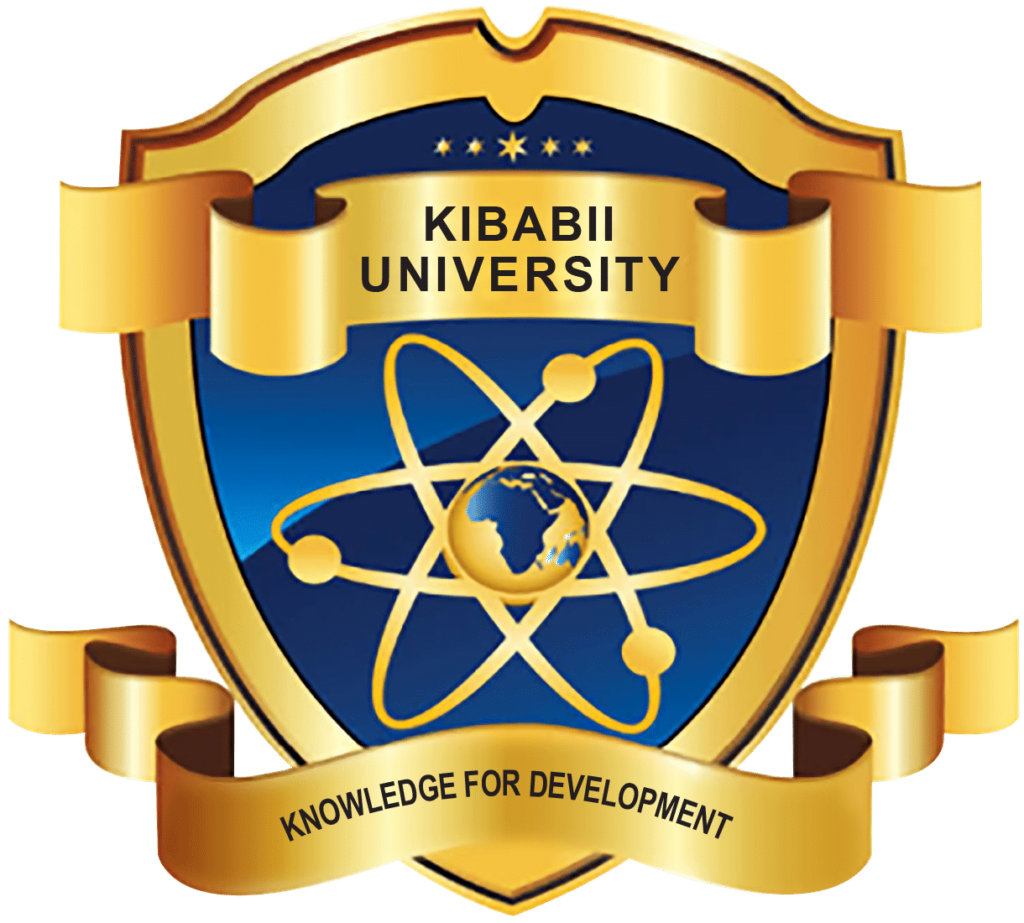THESE TITLE: Analysis of the Effect of Secondary Schools Categorization on Academic Achievement in Public Secondary Schools in Kenya
STUDENT NAME: JAPHARY OMARY NYANGWESO
SUPERVISORS:
1. Prof. Julius K. Maiyo
2. Dr. Robert Kati
ABSTRACT:
At the time of this research, secondary schools in Kenya were categorized as national, extra-county, county, sub-county and private secondary schools. Students who excelled in K.C.S.E examination with a minimum grade of C+ were allowed to pursue different courses in public and private universities. Others who scored C and C- grade joined diploma colleges. In comparison with their performance at KCPE, some added academic value as they progressed in studies at high school while others lost academic value by scoring low grades. The KNEC reports of 2016 and 2017 showed that majority of D and E grades came from sub-county and county public secondary schools making few of them transit to universities and diploma colleges. Academic achievement in this study involved an analysis of performance of public secondary school students at their fourth form, value added progress after K.C.P.E, and transition rates to universities and diploma colleges after KCSE. The research was guided by the following objectives: To establish the effect of secondary school categorization on academic value addition in public secondary schools students at fourth form in Kenya; To find out the effect of secondary school categorization on examination failure rates among public secondary schools students in Kenya, and; To establish the effect of secondary school categorization on percentage transition rates to universities and colleges of students in public secondary schools in Kenya. The rationale of the study was to address resource wastage in public secondary schools. The scope of the study was limited to all the students from public secondary schools in the four counties of Kakamega, Bungoma, Busia, and Vihiga in Kenya. It was limited to randomly chosen sample size of 464 students, 58 principals, and 58 directors of studies from the 58 sampled out public secondary schools. The researcher conducted literature review on independent variable, dependent variable and the three indicators of the dependent variable. Walberg’s (1981) theory of educational productivity was employed. The researcher used mixed research methods; that is qualitative and quantitative research methods, and employed survey research design. Data collection instruments included questionnaires, interview schedules, focused group discussions and analysis of secondary data. Content validity was determined through subject matter expert review while reliability was determined through test-retest measures for consistency. Descriptive and inferential statistics were used to analyze data. Inferential one was the Kruskal Wallis test. The findings of this research showed that there was a statistically significant difference in academic achievement among students of the four different categories of public secondary schools in Kenya. The research findings concluded that: first there was no statistically significant difference in academic value added progress among students in the four different categories of public secondary schools in Kenya; secondly; there was a statistically significant difference in percentage failure rates among students in the four different categories of public secondary schools in Kenya; and finally; there was a statistically significant difference in percentage transition rates to universities and colleges among students in the four different categories of public secondary schools in Kenya. The researcher recommended that public secondary school characteristics which allowed student improvement at national and extra county school levels should be duplicated at county and sub county school levels for better academic achievements.

